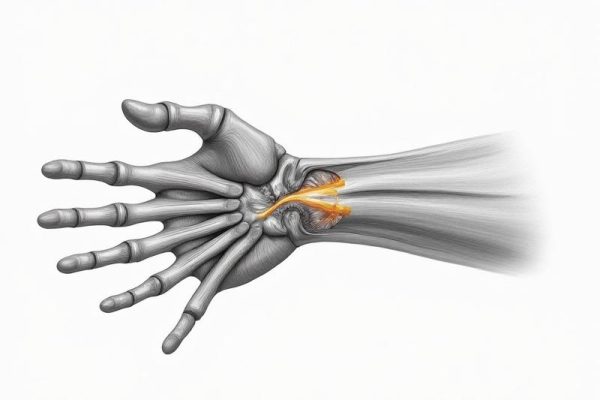```html
Understanding Forward Head Posture and Its Consequences

Forward head posture (FHP), often called "tech neck," occurs when the head shifts forward from the body's midline, placing strain on the cervical spine. This misalignment is increasingly common due to prolonged smartphone use, desk work, and poor ergonomic habits. When the head tilts forward just one inch, the effective weight on the neck muscles and spine doubles, leading to chronic tension. Over time, FHP can compress nerves, reduce lung capacity, and contribute to headaches or degenerative disc conditions. Recognizing this postural imbalance early is critical to preventing long-term musculoskeletal damage.
Assessing Your Neck Alignment: Self-Evaluation Techniques

To determine if you have FHP, try the wall test: Stand with your heels, hips, and shoulders against a wall. If the back of your head doesn’t comfortably touch the wall without tilting, your head is likely forward. Another method involves taking a side-view photo: Draw an imaginary line from your earlobe to your shoulder. If the line angles forward instead of being vertical, your alignment needs attention. Regular self-checks help track progress and reinforce awareness.
Foundational Exercises to Restore Neutral Neck Position

Chin tucks are a cornerstone exercise for FHP correction. Sit or stand tall, then glide your head backward as if creating a "double chin," keeping your eyes level. Hold for 5 seconds, repeating 10 times. For added resistance, place a resistance band around the back of your head and hold the ends with both hands while performing tucks. This strengthens the deep neck flexors and trains the upper body to maintain alignment.
Strengthening the Deep Neck Flexors for Stability

Lie on your back with knees bent. Nod your chin slightly toward your chest (like saying “yes”), then lift your head an inch off the ground. Hold for 10 seconds while breathing steadily. This targets the longus colli and capitis muscles, which stabilize the cervical spine. Avoid straining by keeping movements small and controlled.
Stretching Tight Muscles: Chest and Upper Trapezius Release
Place your forearms on either side of a doorframe at shoulder height. Step one foot forward, allowing your chest to stretch through the doorway. Hold for 30 seconds. For the upper traps, tilt your right ear toward your shoulder while sitting tall, then use your right hand to gently deepen the stretch. Repeat on both sides to alleviate tension from compensatory muscles.
Ergonomic Adjustments for Daily Neck Health
Position your computer monitor so the top third sits at eye level. Use a laptop stand if necessary. Choose a chair with lumbar support, and keep your feet flat on the floor. If using a phone, raise it to eye level instead of looking down. Small adjustments reduce cumulative strain.
Integrating Posture Awareness into Everyday Activities
Set hourly reminders to check your posture. Visualize a string pulling your crown toward the ceiling. During walks, engage your core and keep your gaze parallel to the ground. These micro-adjustments build lasting habits.
Advanced Exercises for Long-Term Alignment Maintenance
From a prone position, press into your palms to lift your chest while keeping your hips grounded. Lengthen through the crown of your head to avoid crunching the neck. This strengthens the posterior chain and counteracts forward flexion.
The Role of Technology in Monitoring Neck Posture
Wearable devices like Upright Go vibrate when you slouch. Apps like PostureScreen analyze photos to measure spinal angles. These tools provide objective feedback, helping users stay accountable.
Building a Sustainable Routine: Consistency Over Intensity
Start with 5 minutes of chin tucks and stretches daily. Pair exercises with existing habits—for example, stretch during coffee breaks. Gradually increase duration as muscles adapt. Celebrate small wins to maintain motivation.




